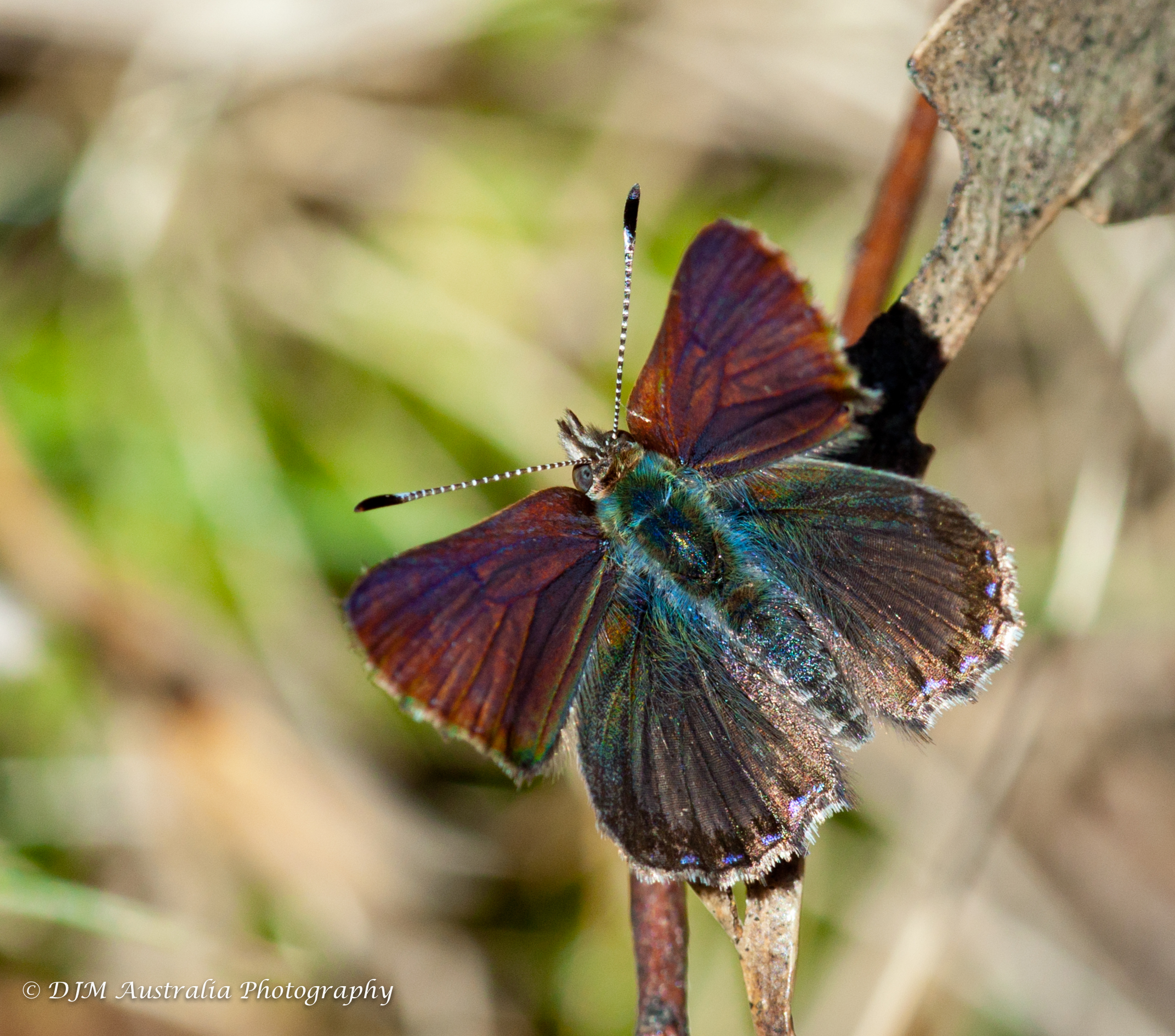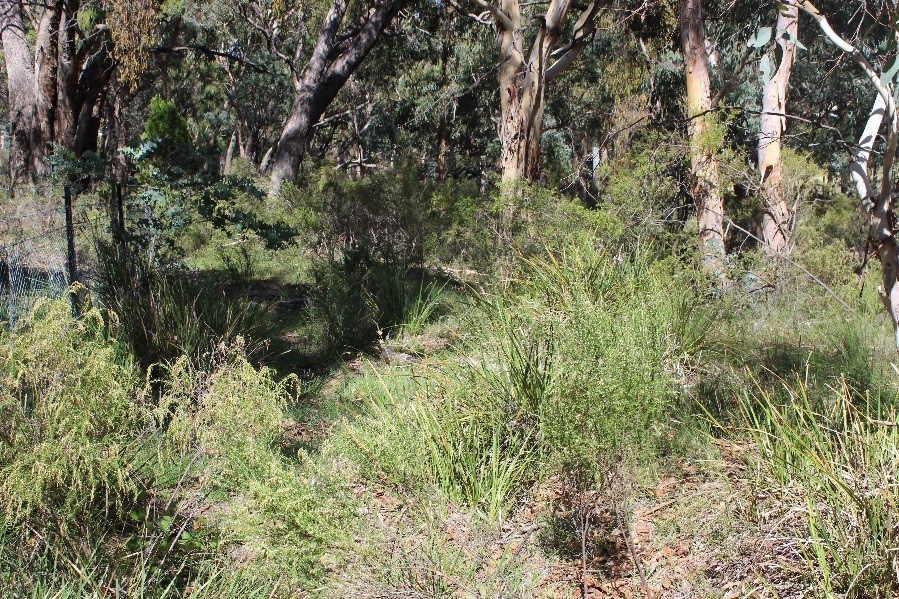
Enhancing roadside habitat quality for Purple Copper Butterfly
ENHANCING ROADSIDE HABITAT QUALITY FOR PURPLE COPPER BUTTERFLY
The Purple Copper Butterfly (Paralucia spinifera) is listed as an endangered species under the NSW Biodiversity Conservation Act 2016. The Purple Copper Butterfly is known to exist in remnant populations in some roadside reserves within the Bathurst Regional Council road network. This represents a significant part of the total range for the population which is limited to a small area of restricted elevation within the Bathurst and Lithgow Local Government Areas. This project will address recommended actions from the Bathurst Roadside Vegetation Management Plan in order to conserve and enhance priority roadside vegetation sites for the protection of this species.
Bathurst Copper Butterfly (image courtesy of DJM Australia Photography
The Purple Copper Butterfly requires a vegetation structure that is exposed to sunlight for most of the day, with a common characteristic of all known populations of the butterfly being the need for open vegetation that allows a high level of sunlight. Additionally, the Purple Copper Butterfly is dependent on a particular shrub, native blackthorn (Bursaria spinosa subsp. Lasiophylla) in order to complete its life cycle. The presence of woody weeds at known butterfly sites have the potential to out-compete the native blackthorn, as well as competing for light, water and nutrients. As such, control of exotic weeds is the primary objective of this project.
Slingsbys Road project site with open vegetation structure suitable for the Purple Copper Butterfly
The highest quality habitat for the Purple Copper Butterfly within the Bathurst Regional Council road reserves is found at Slingsbys Road. Surveys undertaken in September 2018 found good numbers of butterflies at this site, but the vegetation structure is changing following the closure of this section of the road, with native coloniser Biddy Bush (Cassinia arcuata) now threatening to dominate the site. All identified woody weeds were removed from the site in February 2018 by cut and paint method of herbicide application. Small Blackberry plants were removed by hand, while larger areas of Blackberry were sprayed. In addition, to combat the dominance of Biddy Bush, the contractor undertook targeted removal of 30-50% of the shrub at this site.
Broken Bridge Road project site prior to weed control
Broken Bridge Road following weed control creating a more open vegetative structure
No butterflies were found at the Broken Bridge Road site during surveys undertaken in September 2018. Vegetation structure at this site has changed significantly over the last 10 years with Acacia, Cassinia and Blackberry dominating and overgrowing Bursaria plants. As part of the project the majority of Acacia, Cassinia and Blackberry were removed by hand from amongst the Bursaria plants. Additionally, there were no butterflies found at the Eusdale Road site, with small numbers observed on adjacent private land. While this project didn’t extend to weed removal at this site, this will be a focus of future work.
The Environment & Waterways Alliance is proud to have provided funding to the value of $8,000 to assist this important threatened species recovery project.



